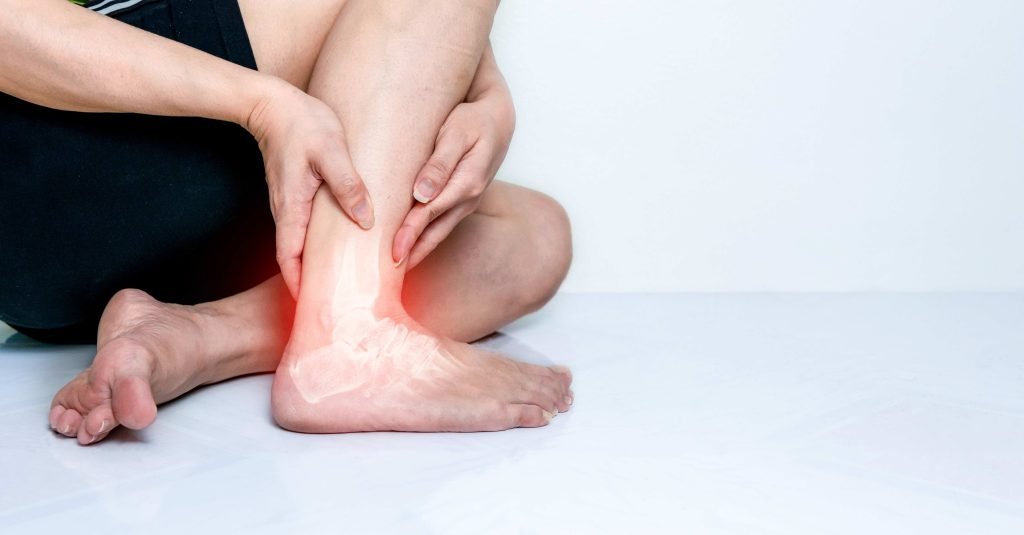Introduction:
In the realm of sports injuries, ankle sprains and rotator cuff tendinitis stand out as common yet perplexing conditions. These afflictions can affect individuals from all walks of life, hindering their daily activities and impeding their performance in various sports. In this unique blog, we will delve into the intricacies of ankle sprains and rotator cuff tendinitis, shedding light on their causes, symptoms, treatment options, and the importance of prevention using Physiotherapy for rotator cuff tendinitis.
Part 1: Ankle Sprains
Besides being an athlete’s nightmare, ankle sprains can also occur while walking or running daily. In most cases, ankle sprains occur when the ankle is injured by twisting or rolling beyond its normal range of motion. Pain, swelling, bruising, and difficulty bearing weight on the affected ankle are commonly associated with the sudden wrenching sensation which can be healed by Physiotherapy for rotator cuff tendinitis.
Causes and Risk Factors:
Common causes of ankle sprains include awkward landings, sudden changes in direction, and uneven surfaces. However, certain risk factors such as previous ankle injuries, inadequate warm-up, improper footwear, and poor muscle strength can increase susceptibility to sprains.
Diagnosis and Treatment:
Upon examination, healthcare professionals use various methods to diagnose the severity of an ankle sprain, ranging from physical assessments to imaging techniques like X-rays or MRIs. Treatment options encompass the RICE protocol (Rest, Ice, Compression, Elevation), pain management, immobilization with braces or splints, Physiotherapy for rotator cuff tendinitis, and gradually reintroducing weight-bearing activities.
Prevention is Better than a Sprain:
Preventing ankle sprains involves adopting a proactive approach. This includes regular stretching and strengthening exercises, wearing appropriate footwear for specific activities, ensuring proper warm-up routines, and being mindful of the environment to avoid potential hazards and probably taking up Physiotherapy for rotator cuff tendinitis.
Part 2: Rotator Cuff Tendinitis
While ankle sprains primarily affect the lower body, rotator cuff tendinitis plagues the shoulder joint. Rotator cuff tendinitis consists of a group of muscles and tendons that stabilize and enable smooth movement of the shoulder. Tendinitis occurs when these tendons become inflamed or irritated due to overuse, trauma, or age-related degeneration, and one can be significantly relieved from it upon taking up Physiotherapy for rotator cuff tendinitis.
Causes and Risk Factors:
Repetitive overhead motions, excessive force, poor posture, age-related degeneration, and lack of shoulder strength and flexibility are all factors that contribute to the development of rotator cuff tendinitis. Athletes involved in sports such as baseball, swimming, and tennis, which involve frequent arm movements, are particularly prone to this condition.
Symptoms and Diagnosis:
The hallmark symptoms of rotator cuff tendinitis include shoulder pain, weakness, and restricted range of motion. Healthcare professionals diagnose this condition through a combination of physical examination, medical history review, and imaging studies like X-rays or MRI scans.
Treatment and Rehabilitation:
Treatment options for rotator cuff tendinitis range from conservative approaches like rest, ice, anti-inflammatory medications, and Physiotherapy for rotator cuff tendinitis to more advanced interventions like corticosteroid injections or, in severe cases, surgical repair. Rehabilitation exercises play a crucial role in strengthening the shoulder muscles and preventing recurrence.
Conclusion:
Ankle sprains and rotator cuff tendinitis may be common, but they are not to be taken lightly. These injuries can disrupt our daily lives and hinder our performance in sports. By understanding their causes, symptoms, and treatment options, as well as the importance of prevention using Physiotherapy for rotator cuff tendinitis, we can minimize their occurrence and maximize our chances of a speedy recovery. Remember, taking care of our bodies and being mindful of our movements are paramount to maintaining an active and healthy lifestyle.

